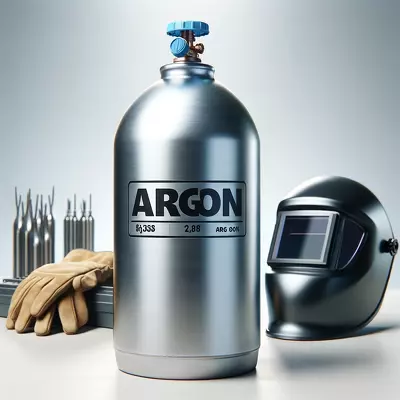Can You Use CO₂ for TIG Welding: What Every Welder Should Know
TIG welding is known for its precision and clean welds, often used in projects requiring superior aesthetic and structural quality. While argon is the industry-standard shielding gas, some welders ask whether CO₂ can be a substitute. It’s a fair question, especially when cost and availability are considered. However, TIG welding and CO₂ generally don’t mix…



